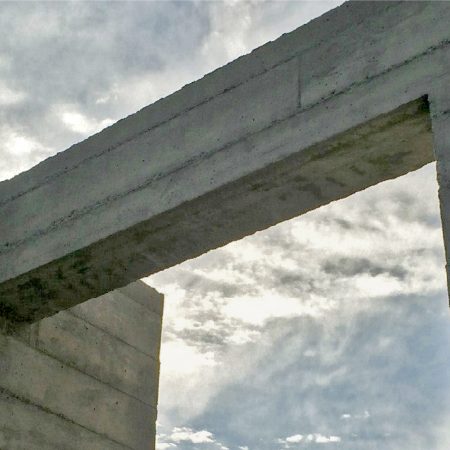Author: Andy Bannister
Construction Costs and Budgeting
In today’s ever changing building & energy codes, availability of cutting edge materials and escalating labor costs, how do you control the cost of construction? How do you ensure that the design path is in-line with your budget and comfort zone?
To ensure a project’s feasibility, an experienced and reputable General Contractor (GC) can play a valuable role during the design development stage. At times builders are engaged with the design team and owners early on and well before the plans are fully developed to help guide the costs. By engaging a General Contractor in design development stage to analyze preliminary drawings, the design intent and the site conditions, owners can ensure that the path of the design is in line with the client’s comfort zone in costs. The old-school methodology whereby the client and design team develop full architectural, structural, and MEP plans, then get multiple bids misses out on valuable tools and input that could give owners a considerable advantage and avoid costly disappointments.
There are other added benefits to engaging a reputable General Contractor early on. During the preliminary design’s budgeting process, the client, design team and GC will get to know each other and develop a working relationship. The triangle of Owner/Designer/Builder is an important dynamic in the success of a project. During the pre-construction process, these parties have the opportunity to work together and get a taste of the chemistry in place. This gives everyone the opportunity to ensure great synergy in working together. If the chemistry is not palatable, it is much easier to end the relationship in pre-construction stage and to engage others instead of discovering the lack of synergy during construction process.
At Earthtone Construction, our approach is to thoroughly evaluate the project and present a thorough budget that becomes an invaluable tool to our clients. If there are multiple bidders in this process, our approach is to almost ignore that fact and provide the tool in spite of the potential to lose the project to a “low bidder”. And, in over 22 years in business we have indeed lost a fair share of projects to a low bidder. But time and again we have heard from owners how the “low bidder” wasn’t actually low at all- they had either missed important components, not understood the design intent or bid it so cheap that quality and timeliness suffered.
If you or someone you know is interested in an honest evaluation of your project’s needs call us and we’ll give you the benefit of our experience. After all, wouldn’t you rather know up front what you are in for before engaging in your project? ~ Kashy Ghazzagh
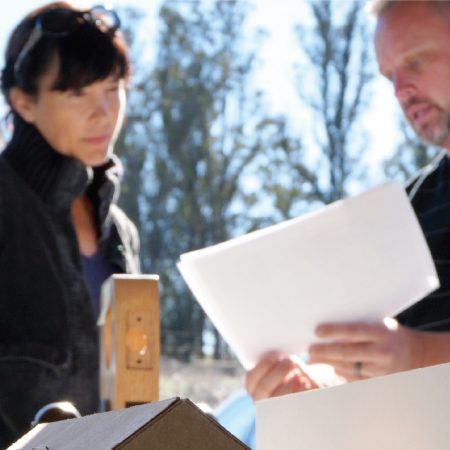
Apartment Renovations and ROI
In today’s market, many apartment complex owners must compete for tenants by offering the amenities and luxuries that their market place dictates and those that the clients expect to see. The investments made for renovations and creature comforts can vary drastically based what part of the country the real estate is located & what the competition offers among many other factors. In certain markets, a landlord could spend as little as $5,000 for basic renovations and enjoy a solid ROI in increased rent. In other markets and in what may be a similar property, the owner may need to spend a higher dollar amount for the unit to attract potential renters. This higher dollar amount is typically driven by market conditions, job market, price of labor and materials, as well as what the renters’ expectations maybe in that specific market. For example, adding electric charging stations in the parking area in Michigan may not produce nearly as much ROI as it would in other areas such as Northern California.
Typically a property manager or owner looks very closely at the ROI in the renovations. There are many things to consider when it’s time to renovation of an apartment unit. Typically, a 10%-25% return on investment is the benchmark in the industry. What does that exactly mean? It means that he or she expects to see at least a 10% return on annual basis on the investment made in that unit. For example, if a rental apartment is currently producing $2,500 per month and a renovation project is expected to cost $15,000, how much should you be able to increase your rental fees to get to the 10% annual goal? The magic number is $125 per month. If rent is increased to $2625 (at a minimum), this specific unit will produce $1,500 more in rent per year than before and in 10 years, it pays for itself. Of course this does not take into consideration the interest on borrowed money, or the fact that there are tax deduction benefits for depreciating assets.
Another big consideration is the enhanced value of the property by keeping the units updated. If the owner of the property considers selling the property, he or she can expect a higher selling price of the complex than another complex that is dire need of extensive work. This also creates no disruption to income stream when the new owner takes over the property.
Of course many other factors play a role here such as: What is the life expectancy of the renovations? Clearly you want this to be at least 10 years to break even. What this brings to light is the importance of great planning and utilizing finishes and components that provide a 10 year visibility for longevity and trends in remodeling.
Typically the most effective ways to attract new clients are when they are considering renting a new apartment unit are:
New Flooring, New Paint, New Cabinets, New Countertops, New lighting and Plumbing Fixtures and new Appliances.
There are also other items that can contribute to the overall complex’s appeal such as: enhanced community building, an exercise gym, BBQs for outdoor gatherings and more. These investments are a little harder to quantify, but they certainly contribute to the curb appeal of the property and they tend to attract longer term tenants and a larger pool of potential clients.
At Earthtone Construction we understand the importance of ROI as well as developing a budget and schedule that will maximize your dollars invested in the project. Over the years, we have assembled the right team of passionate people who have vested interest in the success of your project. We have created relationships with key vendors and suppliers to bring the best value to the table for any renovation project in the multifamily segment. By having a clear understanding of the financial implications as well as what each location’s specific needs are, we thrive on delivering on time and within budget projects that create value for our clients. After all, if our clients don’t succeed, our efforts will be short lived.
This chart assumes a current $2,000 a month rental income which as of year 2 will be increased by 2% to adjust to inflation. The orange indicates the increased income assuming a 10% increase in rental income for ROI. ~ Kashy Ghazzagh
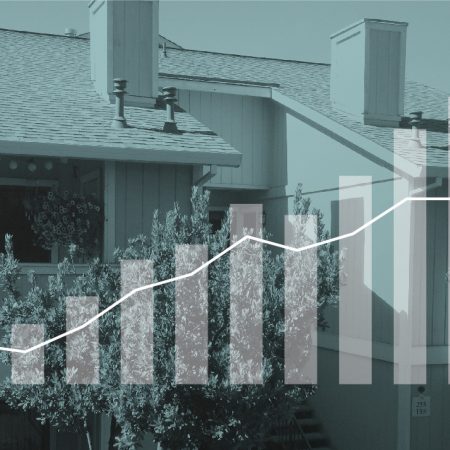
Five Things to Look for When Buying a Piece of Land
As a builder, I’m often asked by clients what they should look for when buying a piece of land. Here’s a quick list of some important things that should be taken into account, before plonking down hundreds of thousands of dollars:
Zoning: Will local planning allow you to build, if so what requirements do they have. Is there a design review process. Is the land on a scenic corridor or subject to some other development requirements, such as homeowners associations etc.
Topography and soils: Some land will be a lot more challenging and therefore more costly to build on than others. Topography is important here- steep lots can often be very challenging to “get out of the ground” as they often need more expensive foundations. Soil condition is also critical, and if you’re considering a lot with any grade to it or questionable soil, I would highly recommend engaging a soils engineer, for at least a cursory look.
Access: Is the lot off the beaten path? Your Fire Department might require you to upgrade the driveway or access road, pave certain areas of it, provide turn-outs etc. You might even need to do that, just to get construction materials on site.
Utilities: We were recently asked to do a feasibility study on a large piece of land near the coast in Northern California. The closest power pole was over a mile away from the proposed building envelope and the property was on a scenic corridor which prevented overhead power lines. Additionally, the only part of the land that could provide a functional well was in the same location. Yet the area where the power and water were available was not zoned for residential. The project has not progressed beyond this study yet, but our solution in this case is to use an independent power solution, such as off-grid solar and power the well from the nearby local utility power. Needless to say, there’s a large sum of additional costs when utilities are not readily available.
Environmental: I don’t mean green building, although that is important. I’m talking about waste, i.e as in human. If you aren’t near a sewer then you’ll need to install a septic system and some land just will not work. Here’s the things to consider. You’ll need an environmental engineer to do some testing and make sure the land percolates (perk test) but also, they’ll be looking at where the nearest water bodies are i.e. lakes, ponds, rivers, streams and brooks, etc. Most authorities require septic system to be at least 100 feet from high water lines and from wells, including neighboring wells. So if your looking at a narrow piece of land with a stream on the South and neighbors well just over the North fence line, you might not be able to put in a septic system. Not all is lost though, sometimes you can get an easement to a nearby piece of land to put your system on , but you can imagine the red tape and costs associated with that. ~ Andy Bannister

The Greenscene from Andy’s Perspective – North Bay Biz
The construction industry is awash with green, from LEED through Build It Green, certifications for repurposing materials or using renewable resources, to advocating for recycling and repurposing, investing in renewable energy and finding better ways to manage resources. But some of the most progressive practices are actually found in interactions with community and customers.
Sustainable business practices extend beyond the selection of physical materials or the choice of renewable energy sources. A sustainable business philosophy can bring increased efficiencies and improve our environment, but these more mindful approaches are easy to miss as they often happen away from the construction site. Any company that incorporates sustainable and mindful business practices into its daily operations will reap the benefits of happier employees, increased productivity, a more enjoyable and less adversarial process and higher quality work. At Earthtone Construction, we’ve been incorporating these practices since we started the company. We like to think of the terms sustainable, practical and mindful as guiding concepts that could easily work across many different businesses and industries.
CLIENT PARTNERSHIP
Put simply, a truly collaborative partnership between a vendor and a client is more efficient and more effective. There’s less chance of wasting resources if things get built right the first time. It’s important to make the effort to really understand what prospective clients are looking for and craft proposals that speak to that goal (in addition to consulting the plans they’ve drafted). We call this “reading beyond the plans” — trying to uncover exactly what success looks like for each client so we can help them achieve it. This means spending a lot more time tailoring proposals to a specific project, but the upside is the ability to present a more inclusive and thorough project proposal. In the long run, this early attention makes construction easier and reduces the chances of change orders later.
When selecting vendors, put this sustainable philosophy to use by selecting companies that exhibit the same care and thoughtfulness. They might not always be the cheapest, but you’ll spend less time managing them and more time getting results. Remember: fewer mistakes means less waste.
PRACTICAL USE OF TECHNOLOGY
I’m not talking about Twitter or Facebook here. I’m talking about smart applications of technology that help bring value to a service. For example, hourly fees can skyrocket when multiple consultants are sporadically involved in a project and requests are repeatedly made for the latest files or plan versions. Instead, improve communications and raise efficiency by providing a virtual hub for all project information. Not only will this investment improve the efficiency and transparency for clients, but it will also result in fewer calls from subcontractors or wasted time checking plan versions. A practical way to keep everyone on the same page could be something as simple as a shared filespace, but it pays early dividends.
We’ve also found that it pays to work with the communication preferences of our clients. Listen to how your clients want to communicate and make sure the channels are open at all times.
COMMUNITY MINDFULNESS
There’s a certain level of quality we strive to reach for our own work, and we’ve found from experience that the best partners for us are the ones that share our values. That means sustainable businesses that care about the environment and their communities. Look at how locally involved businesses are and how they work as a team within their own communities. That can mean anything from participating in local leadership or fund-raising to how they treat their own staff. Does the firm value its employees? How sustainable is its corporate environment?
Typically, we’ve found the businesses that invest in their communities are easier to work with and also provide the best service and performance. There’s something truly productive about positive people—and you want them on your team.
VALUE AND VALUES
Finally, we know the importance of learning a craft, and we honor such skills. There’s value in traditional skills and, for all our fascination and reliance on technology, there’s something satisfying about a solution that can accomplish the same task more simply. Although such skills typically aren’t the cheapest solution, they frequently offer the best value through sheer quality and the confidence an owner can have in the finished product.
Over the years, we’ve worked with craftsmen who’ve stayed busy during lean times simply because their skills and quality are unsurpassed. The work they do costs more in the near term, but quickly pays for itself by continuing to work when other solutions fail. That’s value that you can quantify if you view things from an owner’s perspective. ~ Andy Bannister

A Green Door for the Green Family
It’s always satisfying to re-purpose a material and give it new life by turning it into something else. Right now I’m busy in the shop making a new entry door for my clients. The wood I’m using is reclaimed Douglas Fir salvaged from bleachers out of the University of Southern Illinois (credit to our friends at Heritage Salvage for this fantastic find).
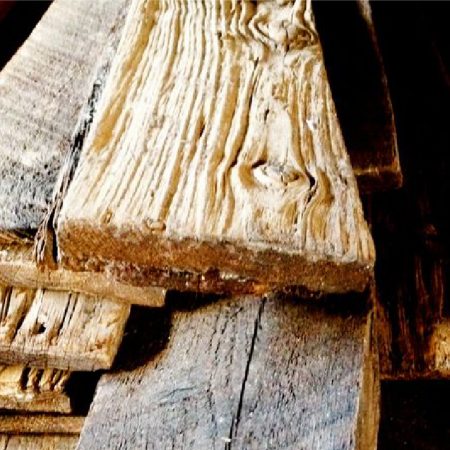
Eight Ways to Reduce Your Home Energy Use
There must be hundreds of these lists around and there’s plenty of opinions on what are the most important things to do to make your house cozier. Surprisingly in our research we’ve found that some of the biggest cost savings are actually the least expensive things to do. With that in mind I’ve listed 8 improvements you could make. Most of them will cost you between zero and a few hundred bucks. One or two might cost a couple of thousand, but you’ll see big benefits and a much quicker return than solar panels or replacement windows.
So without further ado- here is another blog about things you can do to reduce your energy bills
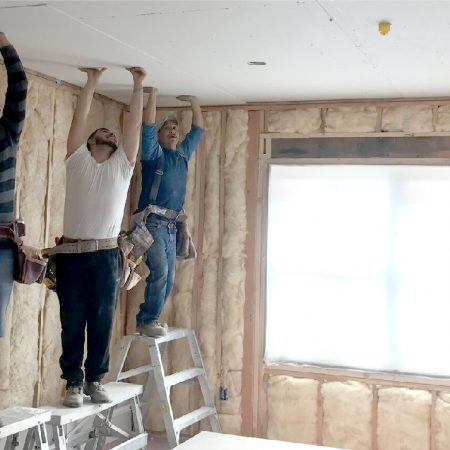
Bread
Bread – it doesn’t get much simpler. Every day for lunch, my mum would pack me half a loaf worth of sandwiches. At Saturday teatime she’d butter a loaf, put it on the table and it would be gone in 30 seconds. As kids, if we ate coleslaw, smashed banana and sugar, marmite and cream cheese, heck even chocolate it was usually between two slices of bread. Chip butties were a regular side dish with any meal that incorporated chips (French Fries for the non-english).

Concrete
I love concrete – it’s so permanent- so THERE when its dry. When you work with it, you have to sort of turn your brain inside out, for it’s the inside of the form you’re building that defines the outcome. This inside-out form needs to be braced and supported because wet concrete is heavy and creates a massive amount of pressure. I love the excitement on the day we pour- anything can go wrong and panicking at this point is definitely not an option.
